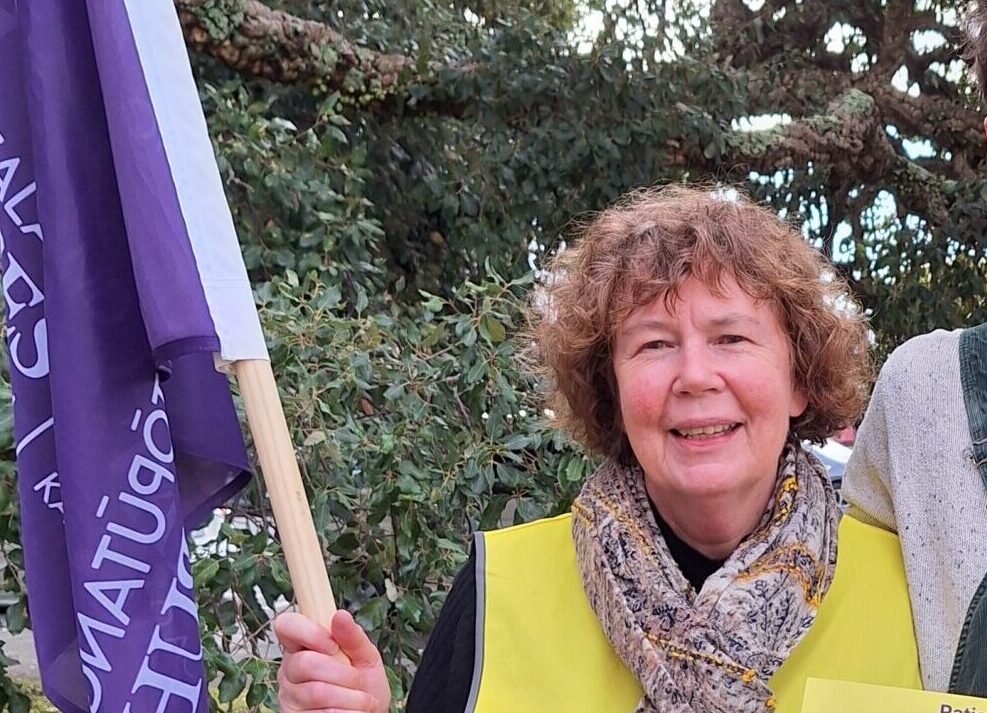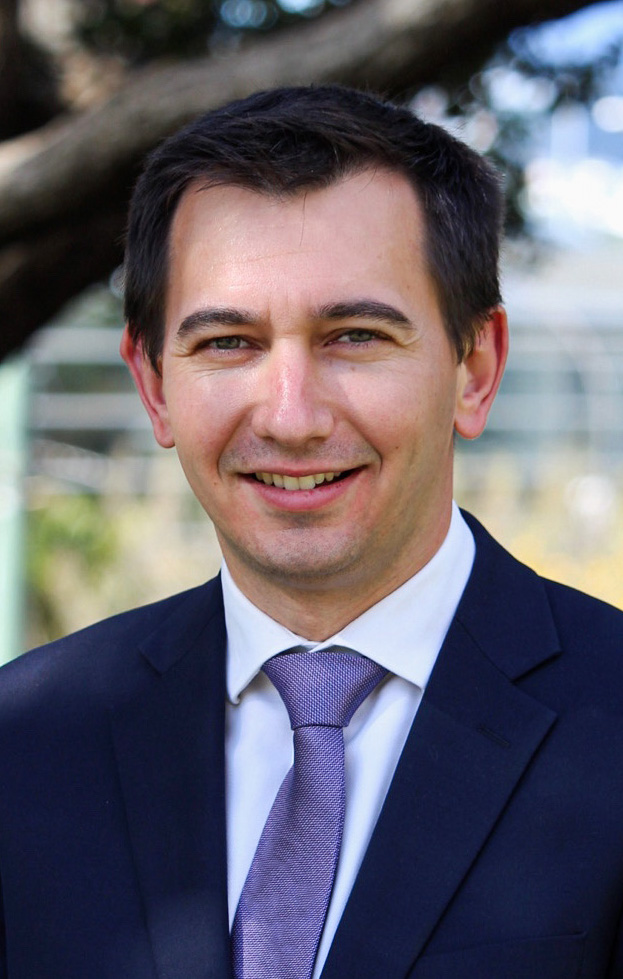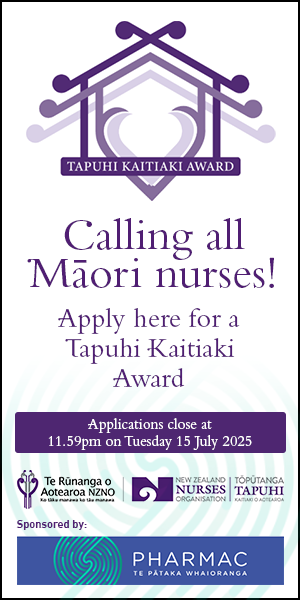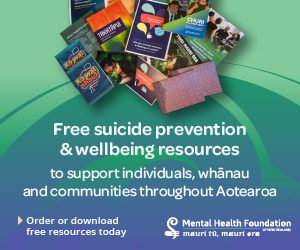Instead, New Zealand’s highly-skilled and fast-growing nurse practitioner (NP) workforce is ready to step up — and would be a far safer option for patients, she said.
Introducing physician associates would leave patients vulnerable to avoidable harm, she said.
“This is not only an attempt to paper over the cracks of a sector in crisis but also leaves the very people they’re trying to help vulnerable to misdiagnoses or worse.”
Minister of Health Simeon Brown this month announced physician associates would be regulated as a new profession in New Zealand. While the Medical Council is yet to set up their scope of practice, it may allow them to diagnose and treat patients and prescribe and order laboratory tests without the supervision of a doctor, as is currently required, according to the NZ Physician Associates Society.
The move would allow “timely and quality” health care in areas with doctor shortages, including rural areas, Brown claimed.

What is a physician associate?
Originating in the United States (US) in the 1960s during a GP shortage, physician associates today can evaluate, diagnose and treat patients in the US and Canada, including prescribing.
Formerly called physician assistants, in the US they were renamed physician associates (PAs) in 2021 by their professional body in a $22 million rebranding bid to “more accurately reflect” their scope of practice. The title change was opposed by the American Medical Association, who said it would only “further confuse patients” about who is or isn’t a doctor.
Similarly, in the United Kingdom (UK), physician assistants were introduced in 2003 to relieve doctor shortages. They were renamed physician associates in 2014, and became regulated in late 2024. The British Medical Association has since called for a return to their original physician assistant title after a “growing patient safety scandal“.
In Canada, where they were also introduced in the 1960s, they remain physician assistants.
The Medical Council of NZ — tasked with setting up its regulation here — describes PAs as a “distinct health profession” who deliver medical care under the supervision of doctors.
The New Zealand Physician Associate Society says the PA role can include taking medical histories, ordering tests, diagnosis, prescribing, referring and performing minor operations.
But Daniels — an experienced emergency nurse — said the move would only endanger patients as well as increase the pressure on doctors having to provide supervision. NPs were a far safer, independent and highly-skilled option — and a culturally competent one, she said.
NPs require a minimum of seven years’ training, including a master’s in nursing degree and at least four years’ experience in their field. They are then able to diagnose and prescribe within their field without supervision. There were now nearly 1000 NPs registered in New Zealand, she said.
‘The funding used on less-qualified physician associates could be used to incentivise and support more nurses to become nurse practitioners.’
Physician associates generally train in the United States, Canada or United Kingdom for a minimum of four years and must currently practise under the supervision of a doctor.
“Claims that physician associates can function at a level equivalent to NPs are misinformed and signal significant confusion about the breadth and depth of Aotearoa’s health and nursing workforce,” Daniels said.
“For nurses, it is all about standards of patient safety and the quality of care New Zealanders expect and deserve.”
NPs were especially crucial in stepping in to care for vulnerable rural, remote or low-income communities, where GPs were hard to find, she said.
Daniels said in the UK, physician associates — who became regulated there in 2024 — had been involved in a “litany” of failings over the past 20 years. Those included misdiagnosing an aggressive breast cancer, illegally prescribing opiates, failing to detect a deadly pulmonary embolism and leaving a drain in a patient’s abdomen.
And in New Zealand late last year, two doctors quit after physician associates failed to take a patient’s blood pressure leading to a brain bleed and loss of vision.
Daniels said instead of introducing another regulated workforce, the Government should be using the money to support its highly-skilled nurses — and pay all nurses the same no matter where they worked.
“The funding used on less-qualified physician associates could be used to incentivise and support more nurses to become nurse practitioners.”
Doctors have also objected to the introduction of a new regulated health workforce, instead of adequately funding the current ones. The Association of Salaried Medical Specialists has warned of “serious risks” if physician associates are introduced here as a regulated workforce, given the UK’s experience.
Gore Health chief executive Karl Metzler, who has been an advocate for physician associates, told RNZ the role was the medical equivalent of a nurse practitioner.
Two years-plus for regulation
Regulating PAs here is likely to take at least two years, according to the Medical Council of New Zealand which has been tasked with setting up a regulatory framework for a new PA scope of practice.
Its chair Rachelle Love said the focus would be to set “clear and appropriate standards for PAs working in Aotearoa, NZ, to ensure public safety”.
Government ‘recognises NPs’ — Simeon Brown

Brown told Kaitiaki he recognised the “important and growing role” of NPs in delivering timely quality health care for New Zealanders.
Regulating physician associates ensured the Medical Council could protect patient safety, he said. There were already about 50 employed across 27 providers — primarily rural primary health clinics, but also hospitals.
The Government had recently announced an investment of $34.2 million over five years for 120 NP training places in primary health care, from 2026, he said.




